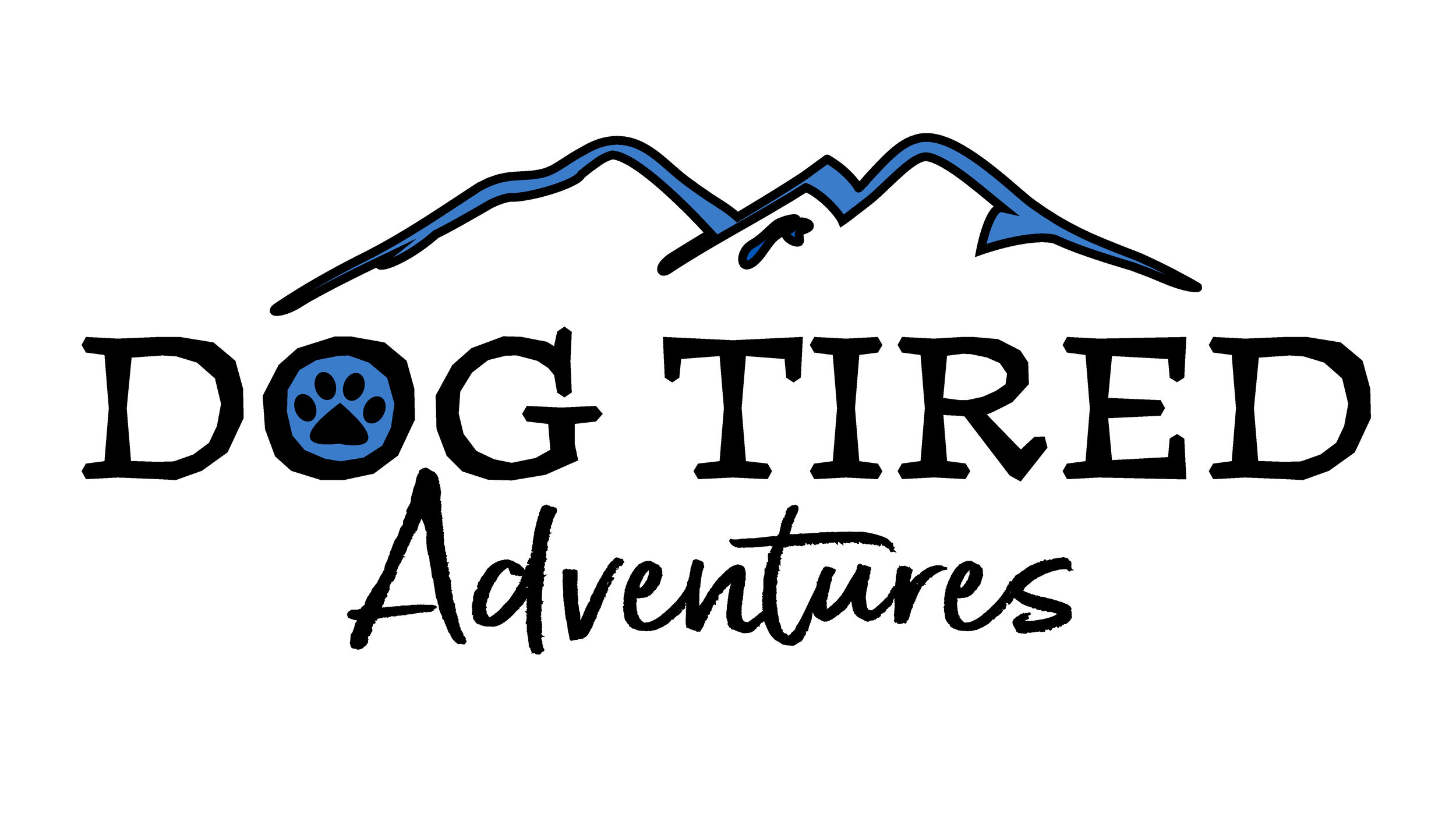How to Keep your Dog's Teeth Clean, and Why
Why do dogs with bad breath always want to tell me secrets?
Just like Halitosis, bad breath jokes stink! We want to relieve your nose from your dog’s stinky kisses. We are doing that by helping you learn why it’s important to keep your dog’s teeth clean, and how to do it!
While we understand that most dogs don’t have minty fresh breath, if you grimace every time you get a whiff of your dog’s panting, that’s not a good sign. Your dog wasn’t born with a miraculous self-cleaning mouth, just like you weren’t either. So there are some things you can do to help your pup keep his mouth clean.
What are healthy teeth?
Similar to your mouth, your dog’s teeth should be white, with the gums a light salmon pink color. If you notice a line of red on the gumline, and the teeth are turning yellow and jagged, that is your first sign or irritation. Other signs of dental disease include drooling, lack of appetite, difficulty eating, or loose teeth.
Importance of dental health
Preventing periodontal disease is more than just having fresh breath. Overall good dental health is a sign of general physical health. Oral inflammation and infection can lead to heart disease or be a symptom of kidney disease.
With persistent oral care, you can prevent:
Halitosis: bad breath caused by bacteria or kidney disease
Cysts and tumors: with continual tooth brushing, you’ll likely notice positive changes to your dog’s mouth. Lumps and bumps are pretty normal for dogs. But in their mouth, you’ll need veterinary care to help heal and remove them
Gingivitis: Inflamed gums caused by heavy plaque build up. With regular cleaning this can be reversible
Periodontal disease: infection between teeth and gums. Causes swelling, loose teeth, pain, difficulty eating, or even nasal discharge
Proliferating Gum Disease: When the gums grow over the teeth, causing more opportunity for bacterial build up. Most common in bull terriers and boxers
How to keep your dog’s teeth clean:
There are a few ways to keep a dog’s teeth clean that are pretty straight forward, and some ways you may have been doing without realizing the dental benefits you were providing! Here is a list of a few ideas to help keep your dog’s oral health in tip top shape:
Brush
Most vets recommend brushing a dog’s teeth at best once a day, at minimum once a week. This may seem excessive, but think about what your teeth look like at the end of a week without brushing. To brush your dog’s teeth you’ll need a toothbrush and toothpaste designed for dogs (human toothpaste contains chemicals that are harmful for dogs).
You can start by touching your dog’s muzzle, then run your fingers over his teeth. Then introduce the toothbrush, let him sniff it. At first, your dog may only let you clean a few teeth at a time. Eventually, you can train your dog to accept tooth brushing and it will easily become part of your normal routine.
Wipe
At most pet goods stores you can find dental wipes. These aren’t as good at getting into the crevices like a toothbrush, but it is common for your dog to accept the wipe first. This could even be used as a good interim between brushings.
Treat
There are treats specifically designed to help scrape off plaque in the process of chewing. Most brands make dental treats now, and you can find them in many shapes, flavors, and sizes. You can let your dog choose which treat he prefers (probably all of them!).
Another option is to offer your dog hard vegetables, like carrots or squash. These hard and crunchy treats will help scrape off plaque and is a yummy way to protect their teeth!
Chew
Believe it or not, the simple act of chewing is good for your dog’s oral health. It helps produce saliva to protect the teeth, and any object he chews on will help remove plaque build up on the teeth. Some harder chews like pig ears, cow noses, esophagus, tendons, and raw bones are even better at helping to remove plaque.
*Note: Do not feed your dog small or cooked bones, these are likely to splinter and cause internal damage.
Vet Check Up
When you take your dog in for his preventative exam, ask about your dog’s teeth. A professional dental cleaning will clean your dog’s teeth better than you could do by hand. These cleaning visits are more expensive since you have to put your dog under anesthetics. But the vet can clean under the gumline, and take X-Rays to find any hidden dental problems. Most vets recommend dental cleaning every 1-3 years.
Good Food
The food you feed your dog matters. With fresh food, you can control what your dog intakes. But there are some kibbles that are better than others in terms of dental health. As a general rule, avoid kibbles that contain cereal grains, meals, or by-products. These ingredients stick to teeth, and cause bacteria and plaque build up. If you are particularly concerned, you can ask your vet about specific dental formulas.
What next?
Start a routine
If you have some combination of the preventative dental care listed above, you should be able to help maintain your dog’s dental health. The more time you spend in your dog’s mouth, the better acquainted you will be.
If you aren’t sure where to start, the best first step is to ask your vet about your dog’s dental health. They can give you a good action plan.
Written By: Gabby St.Martin
Gabby is a dog walker and writer for Dog Tired Adventures. She loves being active, the great outdoors, and loving on her Doberman.

